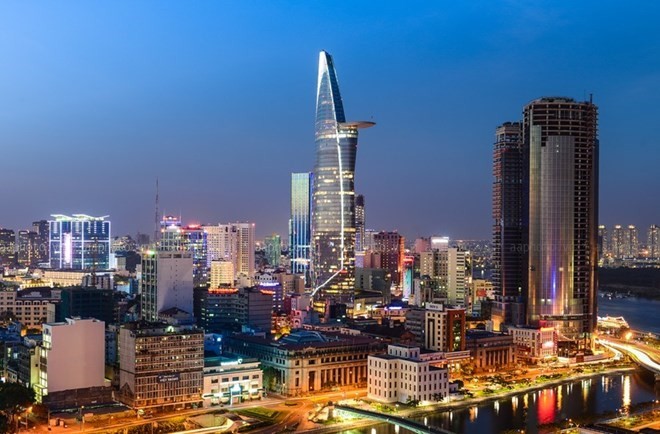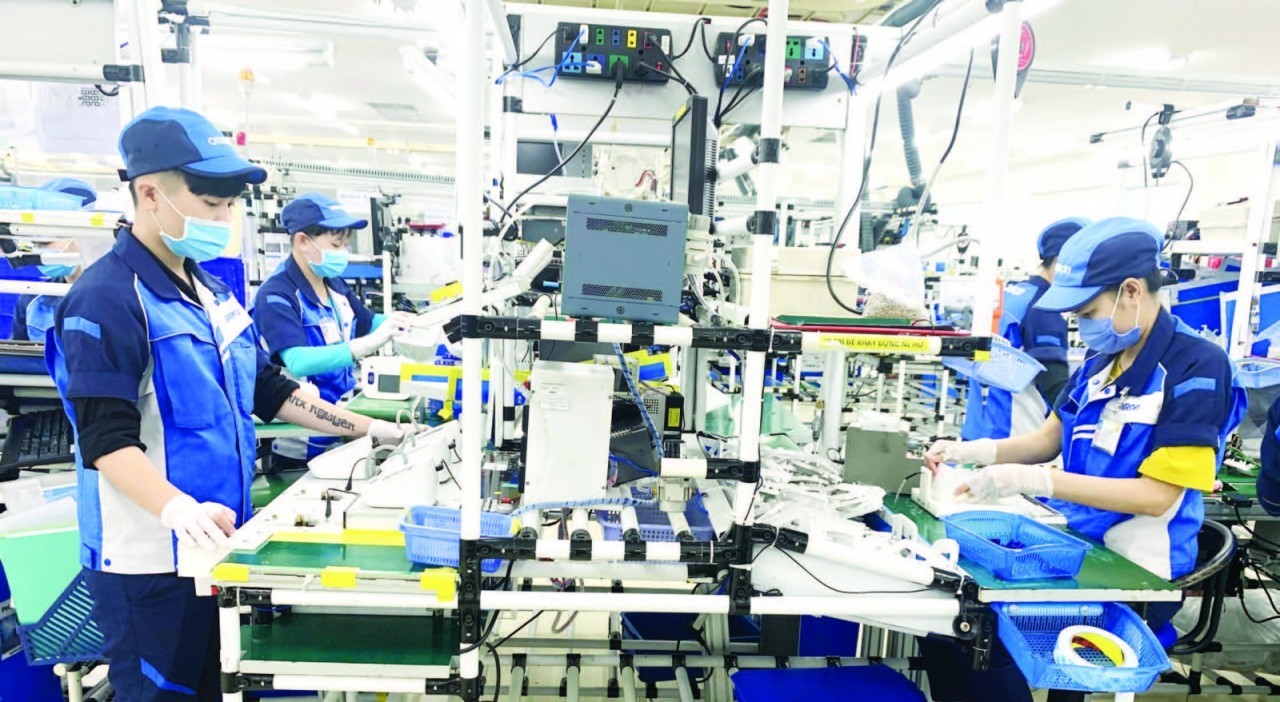Vietnam’s Expects Quick GDP Rebound Despite Recent Drop
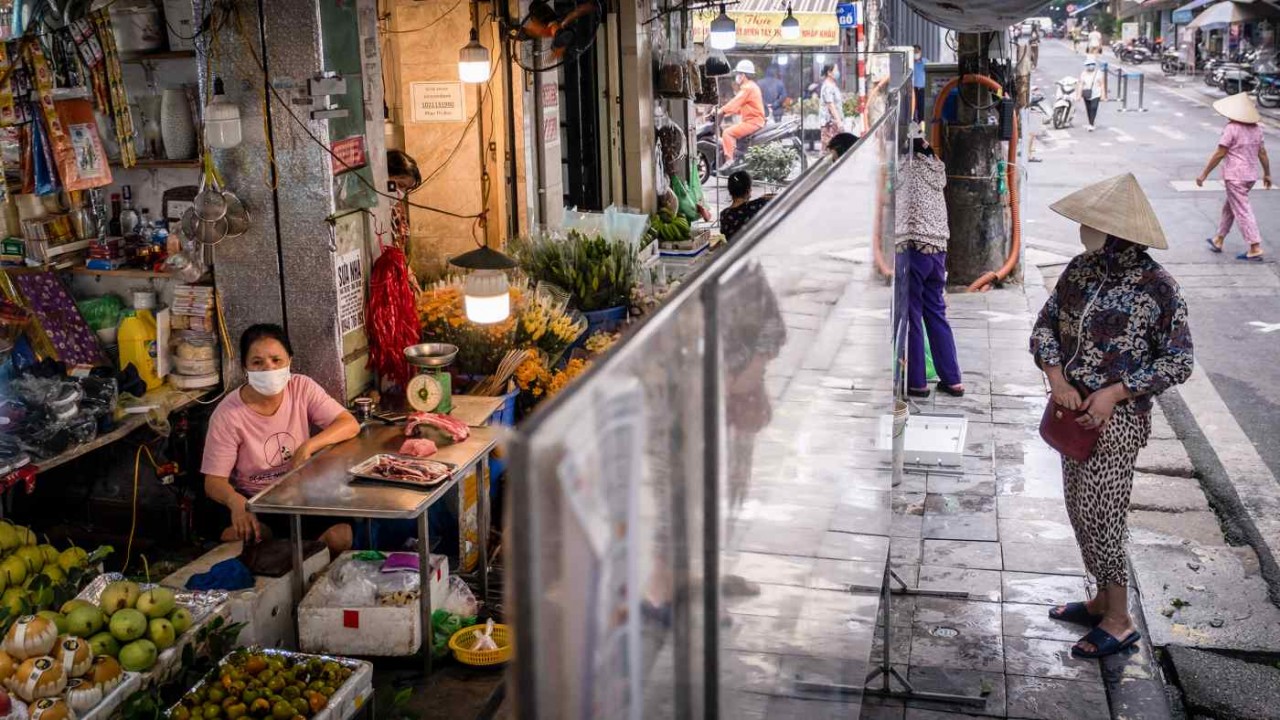 |
| Plastic sheet dividers minimize physical interaction between store workers and shoppers at a wet market in Hanoi on Sept. 21. Vietnam's big cities have taken steps to reverse the spread of the COVID-19, but with limited success. Photo: Getty Images |
The Q3 drop of 6.17% far exceeded the earlier forecast by lender BIDV’s chief economist Can Van Luc and his analysts.
"The third quarter GDP plunge was much deeper than our forecast in early September, showing the major impact of the pandemic especially in the industry-construction and service sectors," he told VnExpress.
The fourth Covid-19 wave with nearly 775,000 cases to date, gave a blow to Hanoi, Ho Chi Minh City and many southern localities where strict social distancing was imposed to curb the spread of the novel coronavirus.
Of 19 southern localities, 18 posted negative growth of GDP in the third quarter, with HCMC recording a drop of over 20 percent. In the north, Hanoi was the only locality with negative growth.
The stay-at-work model imposed to prevent the spread of the virus has caused factories to suffer.
"Disruption of the supply chain is no longer a threat but a fact," said Pham Dinh Thuy, head of statistics of industry and construction under General Statistics Office.
If the containment of the outbreak is not done well, there will be even more severe disruptions, he added.
Business registration figures show how difficult it has been for companies to survive. On average in the first nine months, for every four new companies there has been three leaving the market.
This has resulted in a negative growth of 5% of the construction-industry sector in the third quarter while in previous years this had been the leading sector of the economy.
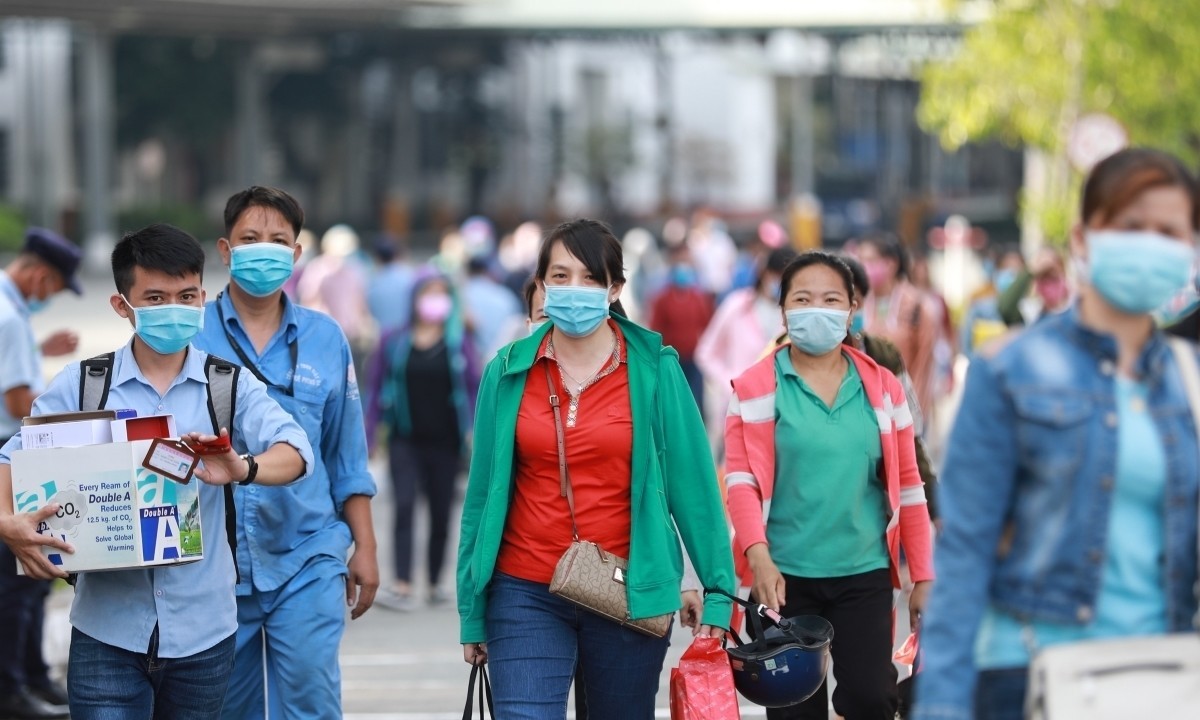 |
| Workers of Hue Phong footwear company leave work in Go Vap District, Ho Chi Minh City. Photo: VNE |
The services sector was even more hurt. Retail and services sales in the first nine months plunged 28.4% year-on-year.
Some analysts expect public investment to help recover the economy, but in the first nine months less than 50 percent of the target has been disbursed, which has concerned Prime Minister Pham Minh Chinh.
With three months left to spend the remaining 50 percent, this would be a "challenging" task, according to the GSO.
However, analysts still light at the end of the tunnel as the government has been able to maintain macro stability.
"Growth is important but the stability of the macro economy is much more important. If there is no stability all the investment channels would see dampening figures," said Le Anh Tuan, director of strategic investment planning at investment fund Dragon Capital.
Consumer Price Index (CPI), which measures inflation, grew 1.82% year-on-year in the first nine months, the lowest since 2016.
Foreign direct investment pledges rose 4.4% in the period, after suffering a drop of 11% in the first seven months.
Vietnam’s changing of strategy to living with Covid-19 is considered a positive move that would impact growth.
"Recovery will be faster than during previous waves thanks to a change in anti-pandemic strategy," Tuan said.
He added that manufacturing could exceed pre-pandemic figures by the first quarter next year, while for the service sector the same thing could happen by the second quarter.
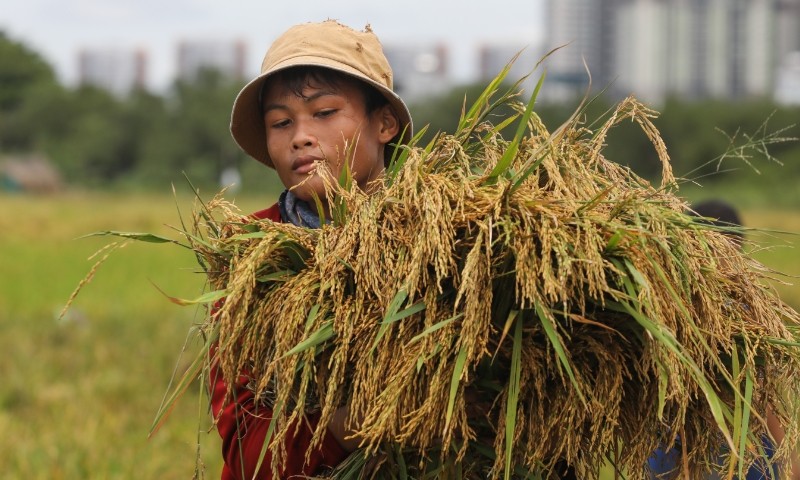 |
| A person harvests rice in HCMC's Thu Duc City, Sept. 23, 2021. Photo: VNE |
Echoing him, Luc said the construction-industry and service sector would bounce back stronger in the last quarter after a long period of restrictions.
Vietnam is set to grow 2.5 percent this year if the last quarter’s growth is 5.3%, according to the GSO.
Meanwhile, Le Trung Hieu, general director of the System of National Accounts also shared why he remains optimistic about the country’s growth prospects.
“Although they have lowered Vietnam's growth forecast, policymakers and advisers, as well as international financial institutions remain upbeat about Vietnam’s development prospect,” Hieu was quoted by VIR as saying.
Particularly, in the year to date (by Sept. 20) Vietnam lured $22.15 billion in foreign direct investment, up 4.4% on-year. There would be no investors if they did not trust Vietnam’s future.
 | |
|
“I believe the strong measures in pandemic containment and a wide range of measures to aid production and business by the government and the whole political system from the central to the local levels, and especially people’s awareness of pandemic prevention and control are the key factors underpinning this trust by global financial institutions that the Vietnamese economy would soon rebound and the contraction is just momentary,” he added.
In recent days, infections fell while numbers of recovering patients rose. Vaccination is taking place on a broad scale, and there is general public support of the government’s policies. This láy the groundwork for development in the time ahead.
With positive outcomes in pandemic containment, Hieu said, Vietnam had reason to believe in better economic performance in the latter months of 2021, creating a motivating force to reach growth targets set for 2022.
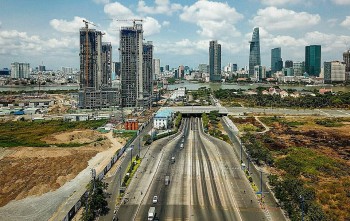 | Vietnam's GDP Growth Sees Sharp Decrease In First Nine Months of 2021 Due to Pandemic With the latest figure, the economy expanded 1.42 percent in January-September period due to heavy impact of the Covid-19 outbreak. |
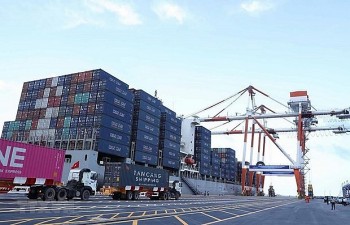 | Vietnam’s GDP Grows 1.42 Percent In Nine Months Vietnam’s gross domestic product (GDP) increased by 1.42% in the first nine months of 2021, remarking a significant success of the country while battling against ... |
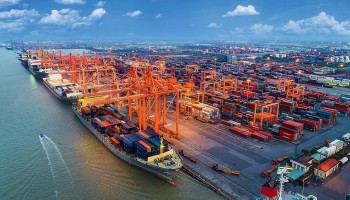 | Vietnam’s 2021 GDP Projected to Grow 3.5 – 4% if Covid is Controlled in September Vietnam’s GDP growth for 2021 is projected to reach 3.5 – 4% if the Covid-19 pandemic is controlled by the end of September. Although this ...GDP |
Recommended
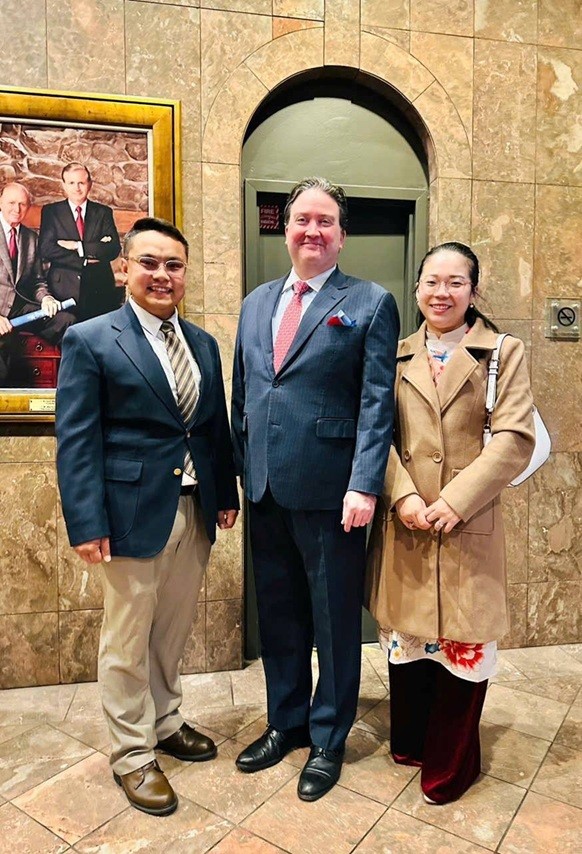 Economy
Economy
Greenfield & Associates, LLP - Professional partners in tax and financial accounting for Vietnamese businesses in the U.S. market
 Economy
Economy
Roots of Enlightenment: India’s Timeless Buddhist Journey
 Economy
Economy
India's Connect with Global South: A Bridge of Shared Heritage
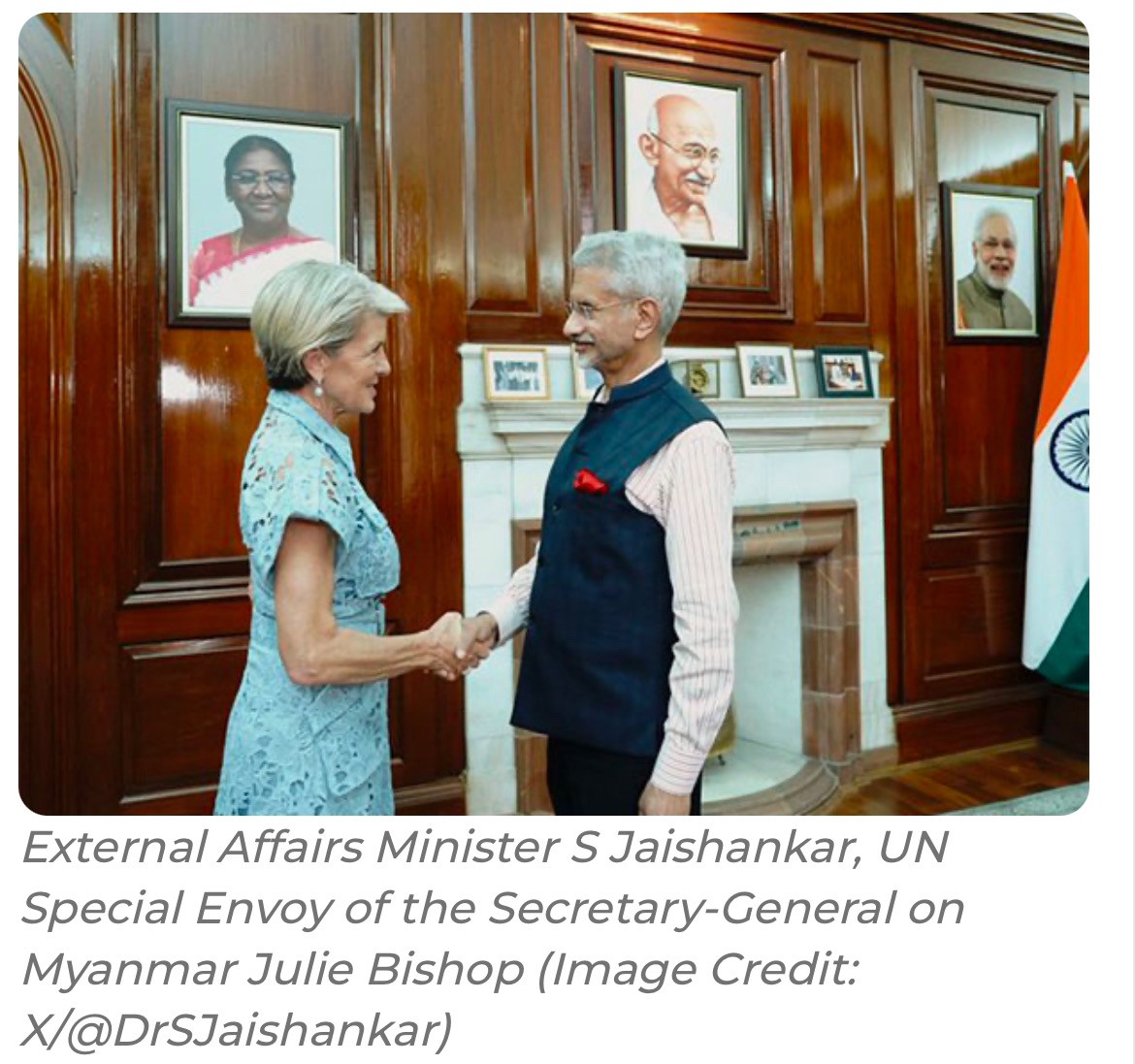 Economy
Economy
Jaishankar, UN Special Envoy on Myanmar Julie Bishop Discuss Stability and, Refugee Situation
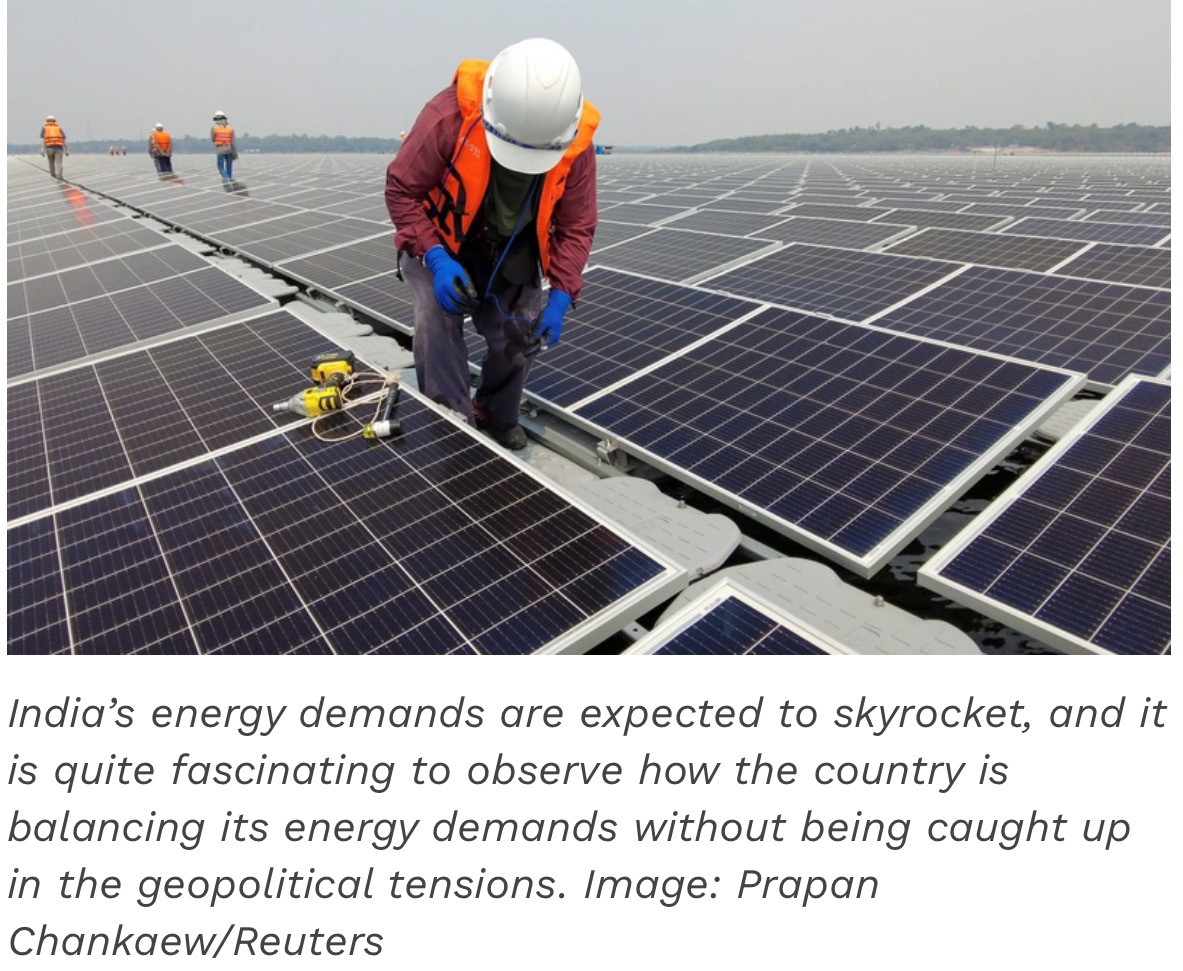 Economy
Economy
A diplomatic energy balance in a contested energy space
 Economy
Economy
Strengthening Nalanda Buddhism: IHCNBT’s Historic First General Assembly
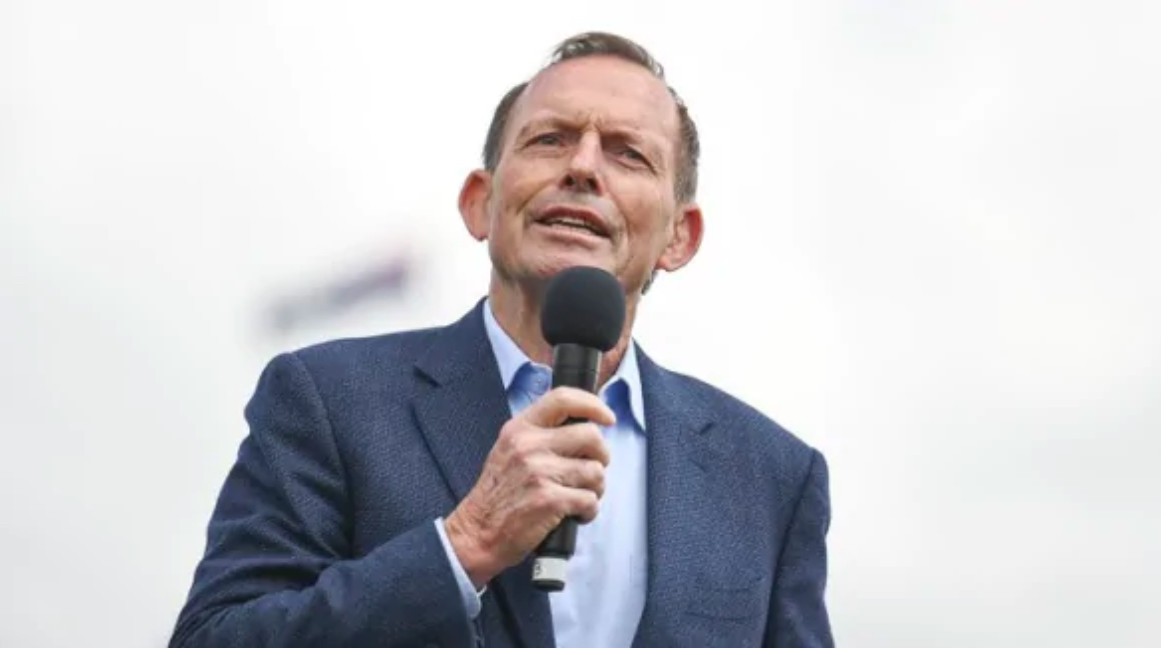 Economy
Economy
Rejecting Khalistan Separatism: Former Australian PM Tony Abbott’s Vision for Indo-Pacific Harmony
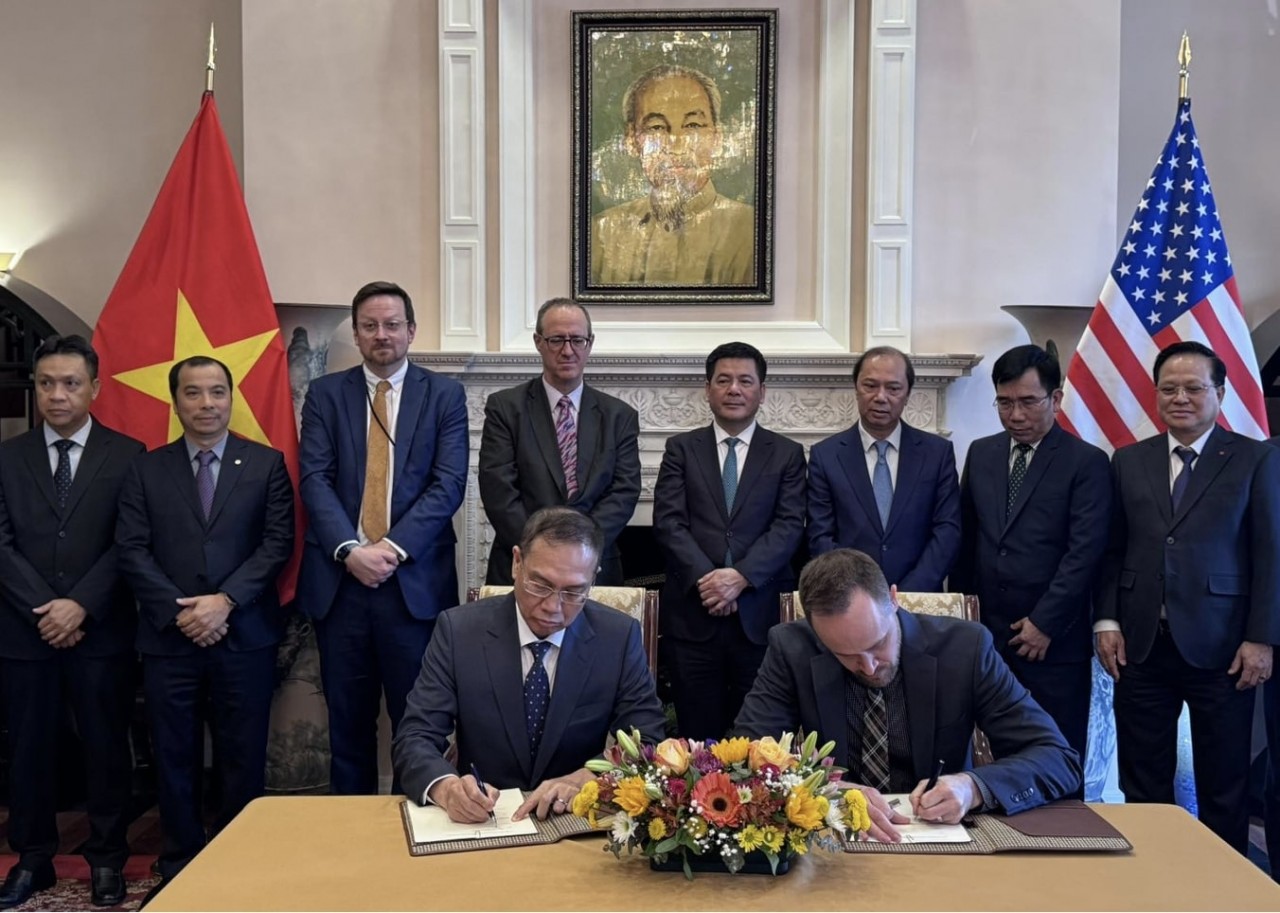 Economy
Economy

